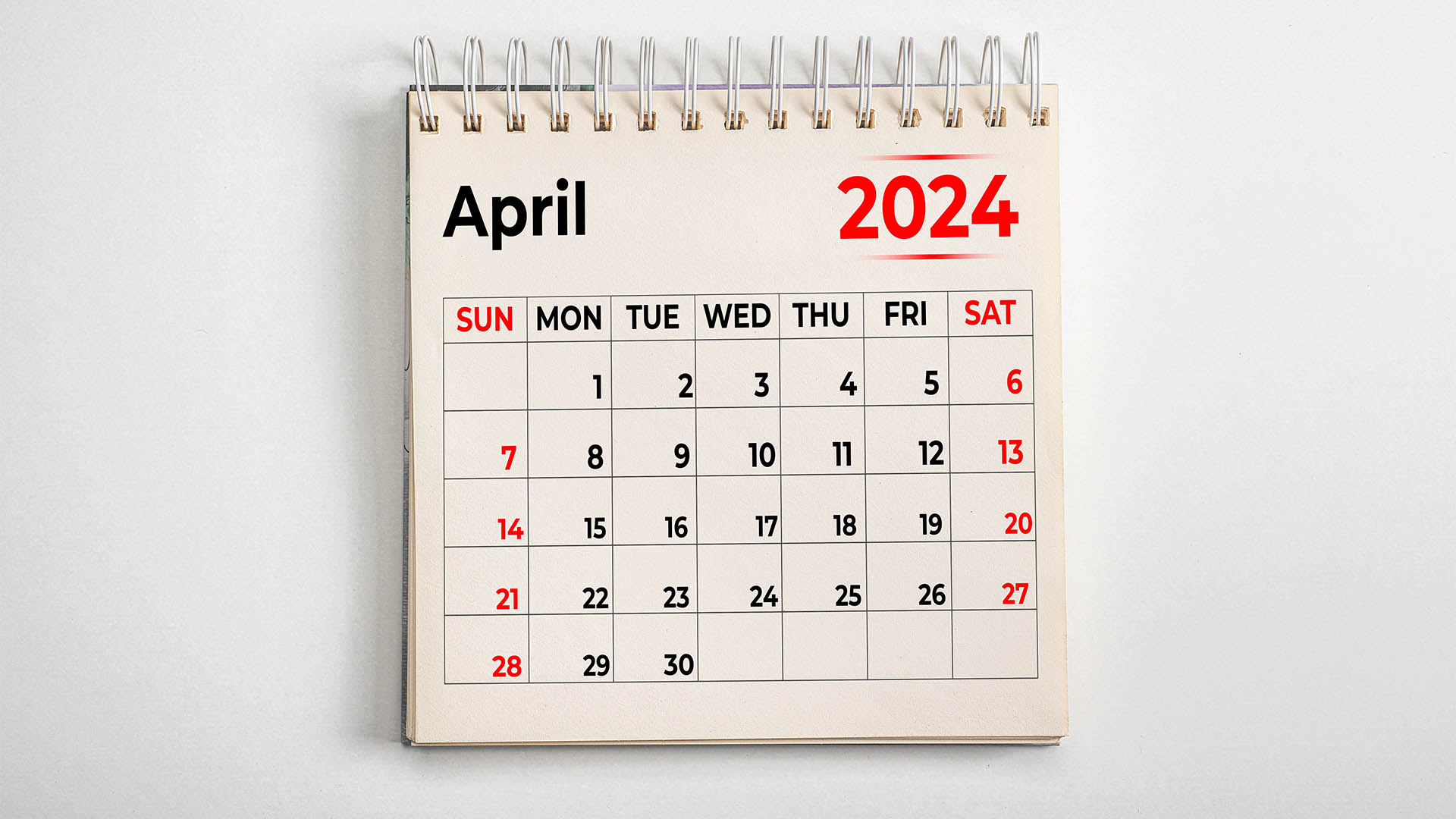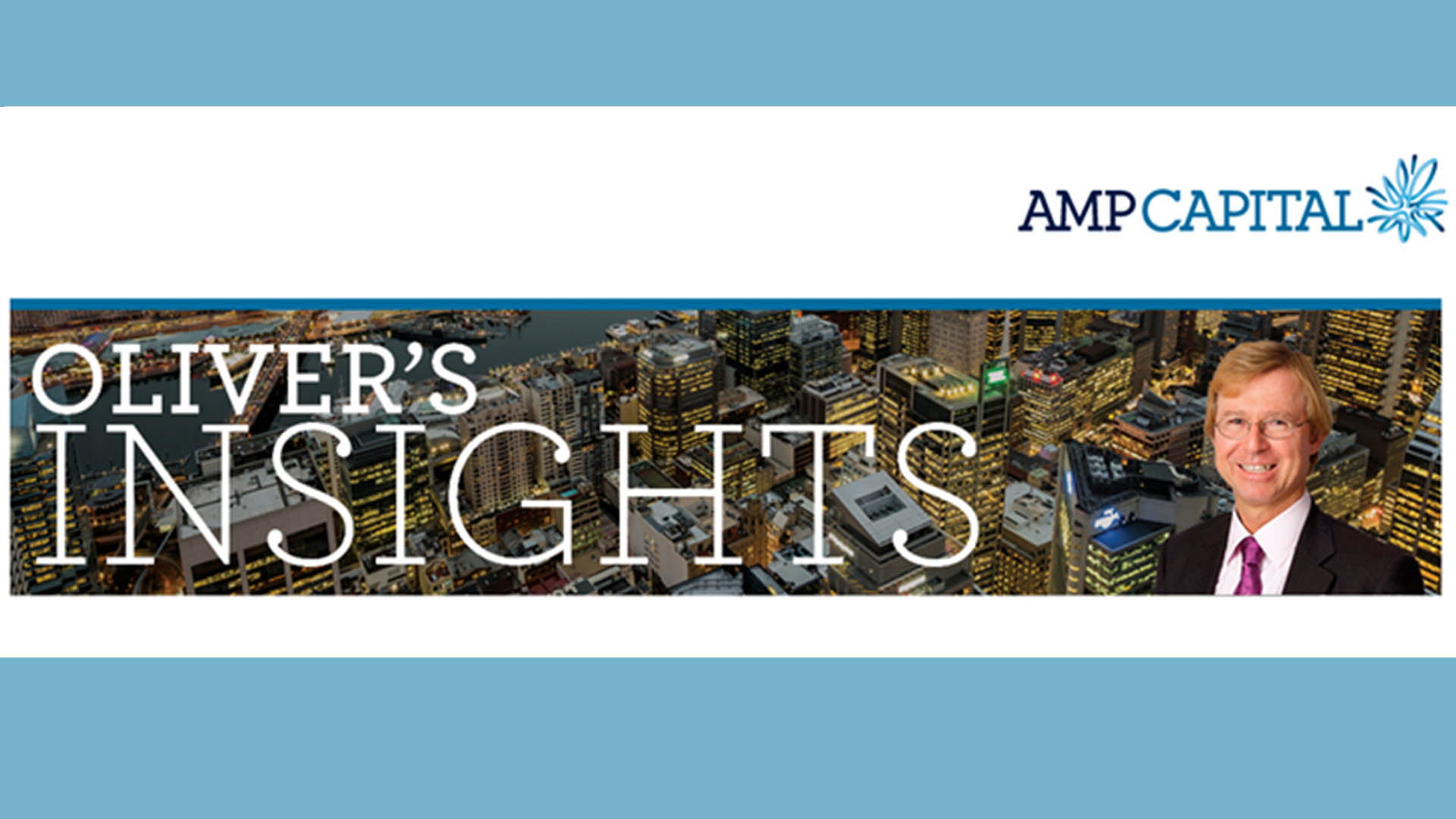Twelve times the Reserve Bank has lifted its cash rate to try cap and then push inflation lower by slowing demand, and yet the jobs market has refused to buckle.
May was no different as seasonally adjusted, more than 75,000 new jobs were created last month and the jobless rate dipped to 3.6% from 3.7% in April.
That means more than 465,000 new jobs have been created since the interest rate rises started in May, 2022.
At that time, the unemployment rate was 3.9% and the first half-dozen increases were not expected to have an impact on what was the strongest labour market for decades.
But after the RBA tossed in several half a per cent monsters, economists and business, and the RBA were looking for some sign of a slow down or damage.
By the end of 2022, the jobless rate was down to 3.5% (after a multi-decade low of 3.4% in November) and hundreds of thousands of new jobs had been created.
By last month, we had not only hundreds of thousands of extra new jobs, but the total number of people employed hit a record 14.011 million – the first time the employed workforce has topped the 14 million mark – all this after the fastest monetary policy tightening ever by the RBA.
The data from the Australian Bureau of Statistics May labour force report yesterday showed employment grew strongly last month after a slight decrease in April, around Easter, which mislead many economists and analysts into suggesting the labour market was slowing.
It was nothing of the sort. The ABS said the employment-to-population ratio rose 0.2 percentage points to a record high of 64.5% in May,
“Looking across the range of indicators – strong growth in hours worked, the elevated employment-to-population ratio and participation rate, along with the low unemployment and underemployment rates – they all point to a continuing tight labour market,” Bjorn Jarvis, ABS head of labour statistics said in Thursday’s statement.
“Looking over the past two months, the employment increases average out to around 36,000 extra employed people each month. This is still around the average over the past year of 39,000 people a month.”
“In addition to there being around a million more employed people than before the pandemic, a much higher share of the population is employed. In May 2023, 64.5 per cent of people 15 years or older were employed, an increase of more than two percentage points (2.1%) since March 2020,“ Mr Jarvis said.
The participation rate increased 0.1 percentage point to 66.9%. It rose 0.2 percentage points for women, to 62.7%, and remained at 71.2% for men.
“A greater share of women in Australia are employed than ever before, with their employment to population ratio and participation rate both at record highs in May,” Mr Jarvis said.
Monthly hours worked fell 1.8% after the 2.7% increase in April, when the ABS said fewer people than usual were working reduced hours over the Easter period, and remained elevated in May, around 0.9 per cent higher than March.
“Even though hours worked fell in the latest month, their strength since late 2022, relative to employment growth, shows the demand for labour in a tight market is being met, to some extent, by people working more hours,” Mr Jarvis said.
Any number of theories have been advanced to explain the continuing strength of the jobs market, from employers hoarding staff (why is they are seeing falling sales and profits?) to greater demand that the retail sales and other statistics are picking up, or just the fact that no one can explain the labour market’s resilience.













